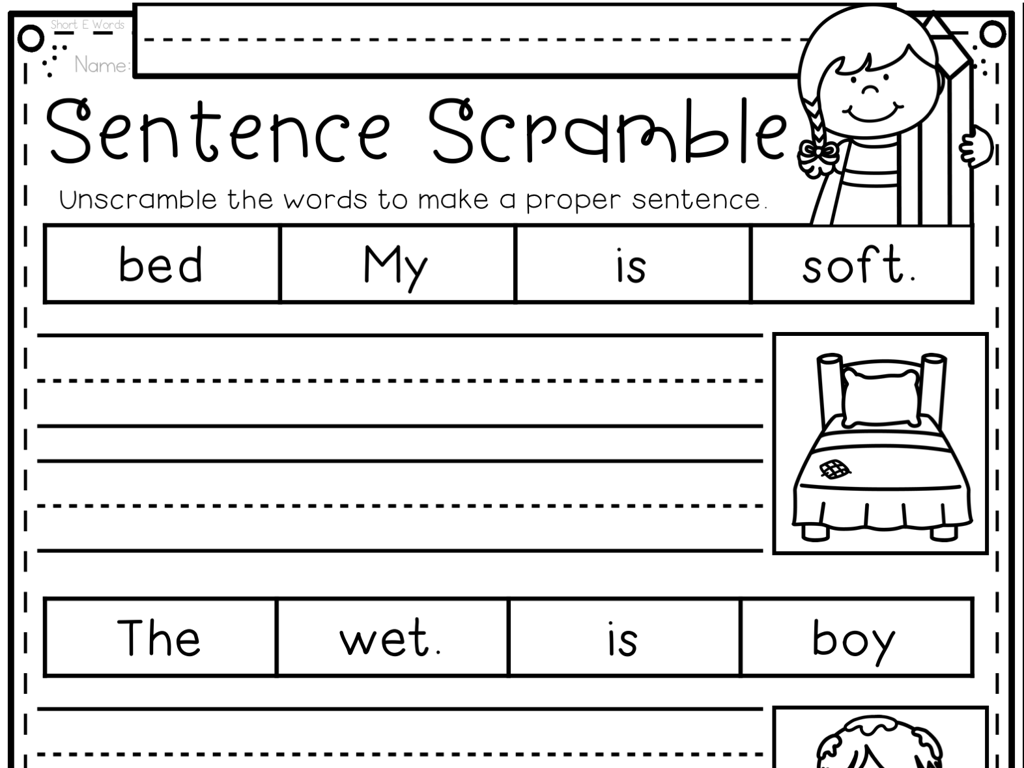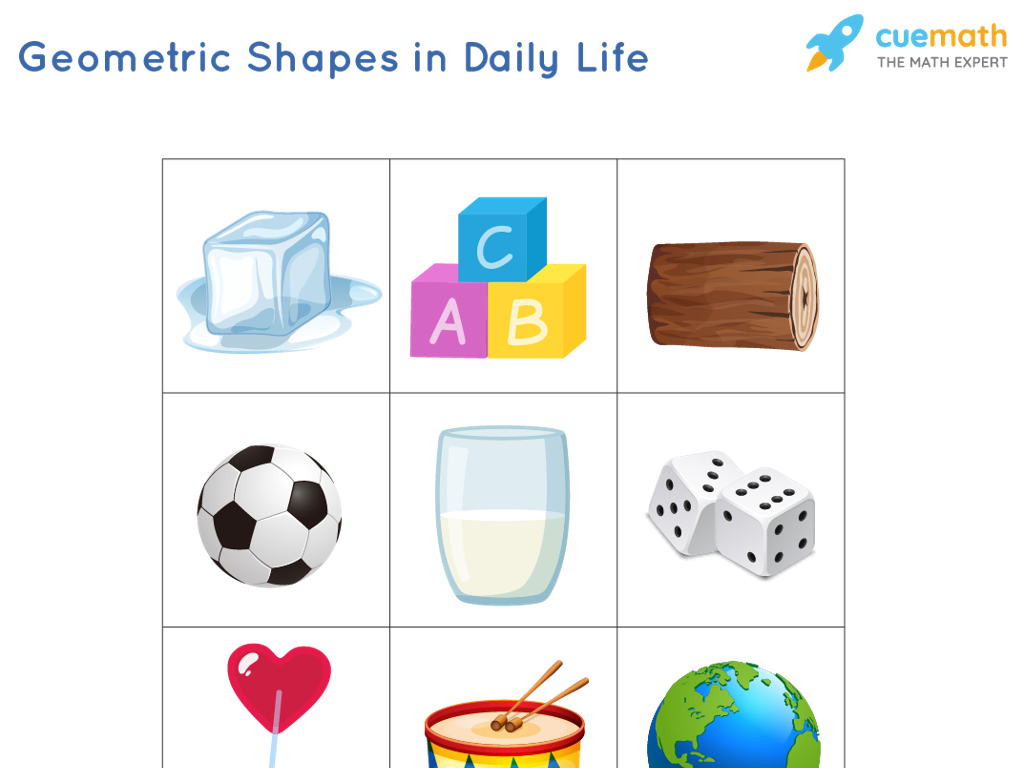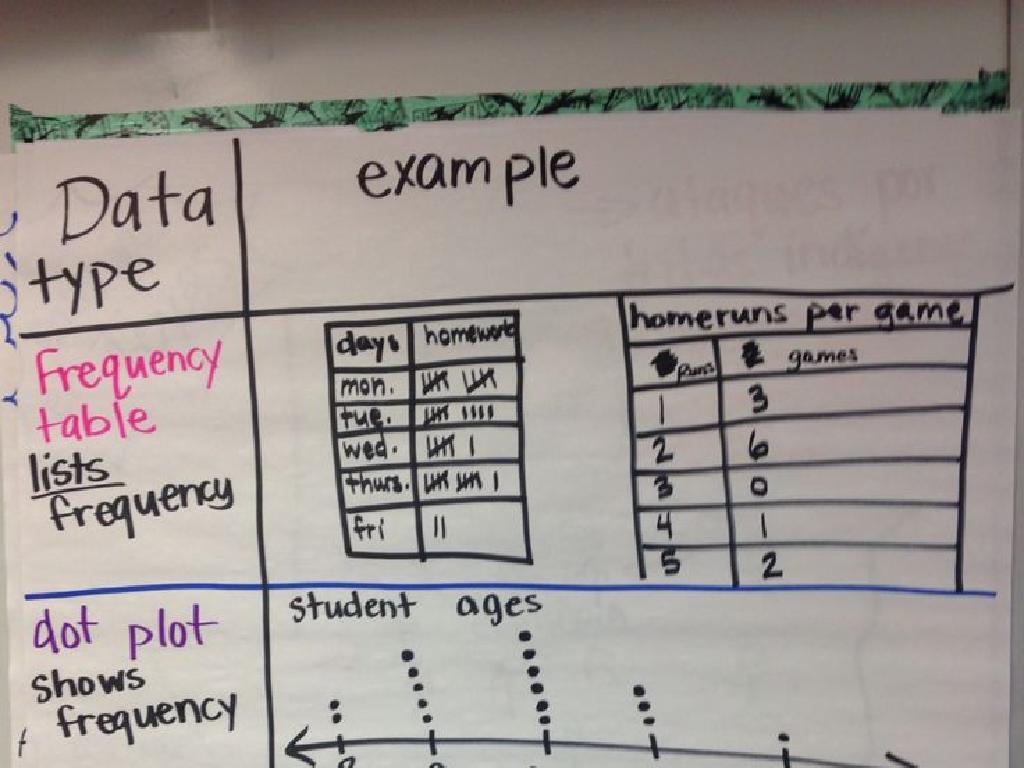French And English Expeditions: Part Ii
Subject: Social studies
Grade: Seventh grade
Topic: Age Of Exploration
Please LOG IN to download the presentation. Access is available to registered users only.
View More Content
Exploring Further: French & English Expeditions Part II
– Recap: French & English expeditions Part I
– Review key explorers and discoveries from Part I
– Today’s Focus: Part II of Expeditions
– Delve into lesser-known expeditions and their goals
– Motivations behind the expeditions
– Explore reasons for exploration: trade, land, wealth, and religion
– Challenges faced and their impacts
– Discuss hardships encountered and the effects on native populations and European societies
|
Begin with a brief recap of the previous class, highlighting the main French and English explorers and their discoveries. Transition to today’s lesson by introducing the lesser-known expeditions and their specific objectives. Discuss the various motivations for these expeditions, including the desire for new trade routes, territorial expansion, the search for wealth, and the spread of religious beliefs. Address the challenges faced during these journeys, such as navigation difficulties, conflicts with indigenous peoples, and harsh environmental conditions. Conclude by reflecting on the long-term impacts these expeditions had on both the native populations and the European societies, setting the stage for the colonial era. Encourage students to think critically about the consequences of exploration and to consider different perspectives.
Motivations for French and English Expeditions
– Seeking new trade opportunities
– Explorers sought new routes and exotic goods like spices and silk.
– Driven by national pride
– National pride motivated countries to expand their empires and claim new lands.
– Competition among European nations
– Rivalries pushed nations to outdo each other in discovery and colonization.
– Spreading Christianity
– Missionaries accompanied explorers to convert indigenous peoples.
|
This slide aims to explain the various motivations behind the French and English expeditions during the Age of Exploration. Emphasize the economic aspect of seeking new trade routes to bypass middlemen and directly access goods like spices, which were highly valuable at the time. Discuss how national pride and the desire to be a dominant global power drove countries to explore and claim new territories. Highlight the intense competition between European nations, especially between France and England, which spurred on further exploration. Lastly, touch on the religious aspect, where spreading Christianity was both a moral and political motive for many expeditions. Encourage students to think about how these motivations compare to modern-day exploration and expansion.
Famous Explorers of the Age of Exploration
– Samuel de Champlain’s voyages
– Founded Quebec, explored St. Lawrence River
– Jacques Cartier’s discoveries
– First European to map the Gulf of St. Lawrence
– John Cabot’s expeditions
– Credited with the discovery of parts of North America’s coast
– Sir Francis Drake’s adventures
– First Englishman to circumnavigate the globe
|
This slide introduces students to key figures of the French and English expeditions during the Age of Exploration. Samuel de Champlain is known for founding Quebec and extensively mapping the St. Lawrence River. Jacques Cartier is recognized for mapping the Gulf of St. Lawrence and parts of Canada. John Cabot is credited with the discovery of the North American coast, which opened the way for future English explorations. Sir Francis Drake is celebrated for his circumnavigation of the globe and his role in defeating the Spanish Armada. Discuss the significant hardships these explorers faced, including harsh weather, unknown territories, and the constant danger of the high seas. This will help students appreciate the challenges and risks involved in the expeditions that shaped our understanding of the world.
Challenges of French & English Expeditions
– Dangers of sea travel in exploration
– Storms, shipwrecks, and unknown waters were constant threats.
– Navigational difficulties faced
– Inaccurate maps and limited technology made navigation treacherous.
– Conflicts with indigenous peoples
– Encounters often led to violent conflicts, impacting both explorers and natives.
– Diseases and harsh conditions on board
– Scurvy and other illnesses were common, alongside cramped living spaces.
|
This slide aims to highlight the significant challenges faced by French and English expeditions during the Age of Exploration. Emphasize the perilous nature of sea travel at the time, with many sailors braving the unknown and often not returning. Discuss how the lack of advanced navigational tools and reliable maps made voyages unpredictable and dangerous. Address the impact of cultural clashes between explorers and indigenous populations, which sometimes led to violence and had long-lasting effects. Lastly, touch on the dire conditions aboard ships, including widespread disease and the struggle to maintain health on long journeys. Encourage students to consider how these challenges shaped the expeditions and their outcomes.
Impacts of French and English Expeditions
– Changed trade and cultural interactions
– Expeditions led to global trade and exchange of cultural practices.
– Introduced new goods to Europe
– Europe saw new foods like potatoes and tomatoes, changing diets and economies.
– Impacted indigenous populations
– Native societies faced challenges from disease to displacement.
– Shaped modern world geography
– Borders were drawn, influencing today’s political world map.
|
This slide aims to highlight the significant impacts of the French and English expeditions during the Age of Exploration. Students should understand how these voyages led to the establishment of trade routes and cultural exchanges that were previously non-existent. Introduce the concept of the Columbian Exchange and how it brought new crops and goods to Europe, which had lasting effects on European cuisine and agriculture. Discuss the often devastating effects on indigenous populations, including the spread of diseases and loss of land. Lastly, explain how the expeditions contributed to the mapping and political boundaries of the modern world, setting the stage for future geopolitical relations. Encourage students to think critically about the long-term consequences of these historical events.
Mapping the Routes of French and English Explorers
– Examine explorers’ routes on a map
– Mark key locations on student maps
– Identify places like Quebec, Jamestown, and others
– Discuss routes’ impact on colonization
– How did these routes lead to European settlements?
– Reflect on exploration’s legacy
– Consider how exploration shaped the modern world
|
This slide aims to visually guide students through the exploration routes of French and English explorers during the Age of Exploration. Display a map showing the paths taken by these explorers. Provide students with their own maps to mark significant locations such as Quebec for the French and Jamestown for the English. Facilitate a discussion on how these routes paved the way for future colonization efforts and the establishment of trade. Encourage students to think about the long-term effects of these expeditions on the geopolitical landscape and cultural exchanges. This activity will help students visualize the historical context and understand the lasting influence of the Age of Exploration on the modern world.
Role-Play: Explorers’ Challenges
– Form expedition groups
– Role-play a historical scenario
– Imagine being on an expedition, what issues might you encounter?
– Discuss challenges faced
– Consider navigation, supplies, weather, and interactions with natives
– Present your adventure to class
|
This class activity is designed to immerse students in the world of French and English explorers during the Age of Exploration. By dividing the class into small groups, students will collaborate to represent different expeditions. Encourage them to research and role-play a scenario that their expedition might have faced, such as navigating unknown waters, managing limited supplies, dealing with extreme weather, or encountering new cultures. Each group will then present their role-play to the class, highlighting the challenges they faced and the decisions they made. This activity will help students understand the complexities of exploration and the impact of these expeditions on world history. Provide guidance on historical accuracy, and ensure each group has a clear scenario to work with. Possible scenarios include searching for a Northwest Passage, trading with indigenous peoples, or surviving a shipwreck.
Reflecting on French and English Expeditions
– Overview of French & English expeditions
– Summarize key explorers and discoveries
– Expeditions’ impact on today’s world
– Consider cultural, political, and economic influences
– Discuss Age of Exploration effects
– How did these expeditions change global interaction?
– Share personal insights
– Relate history to current events or personal experiences
|
This slide aims to consolidate the students’ understanding of the French and English expeditions during the Age of Exploration and to foster a discussion on their lasting impact. Begin by summarizing the key points learned about the expeditions, including notable explorers and their discoveries. Encourage students to think critically about how these historical events have shaped the modern world, considering various aspects such as cultural exchanges, colonization, and the spread of technology. Facilitate a class discussion on the long-term effects of the Age of Exploration, guiding students to connect historical events with contemporary global dynamics. Lastly, prompt students to share their personal insights or any connections they can make to current events or their own lives, which will help personalize their learning experience.
Homework: Explore an Explorer
– Research an explorer from class
– Write their biography
– Include birth, early life, and exploration career
– Explain their expedition’s purpose
– What were they searching for? Any discoveries?
– Describe their historical impact
– How did their journeys change the world?
|
This homework assignment is designed to deepen students’ understanding of the Age of Exploration by having them focus on a single explorer. They should research the explorer’s life, what motivated their expeditions, and how their discoveries and journeys contributed to the course of history. Encourage students to use credible sources and to cite their information. Remind them to look for the long-term effects of the explorations, such as cultural exchanges, territorial expansions, or changes in trade. The essay should be structured with a clear introduction, body paragraphs for each required element, and a conclusion summarizing the explorer’s significance. This assignment will be due the next class period, so time management will be key.
Exploration’s Impact: Then and Now
– Recap: French & English expeditions
– Summarize the explorers’ routes, discoveries, and interactions with natives.
– Up next: Consequences of Exploration
– We’ll examine how exploration changed the world, including trade and cultural exchanges.
– Global effects of exploration
– Consider how the Age of Exploration shaped our modern world, including maps and globalization.
– Reflect on exploration’s legacy
|
This slide aims to wrap up the current lesson on French and English expeditions by summarizing the key points discussed today. It should highlight the main explorers, their routes, and the initial impact of their journeys. The preview for the next topic will set the stage for discussing the broader consequences of the Age of Exploration, including the cultural, economic, and political changes that followed. Encourage students to start thinking about the long-term global effects of these expeditions, such as the spread of goods, ideas, and even diseases, and how they continue to influence the world today. This reflection will help them understand the significance of historical events and their interconnectedness.





